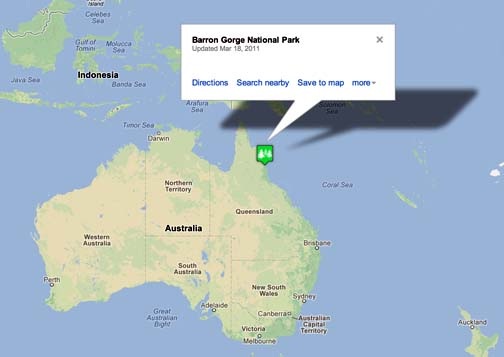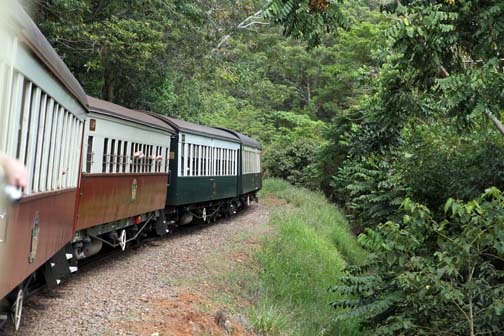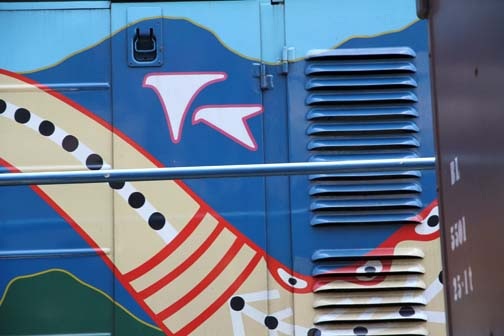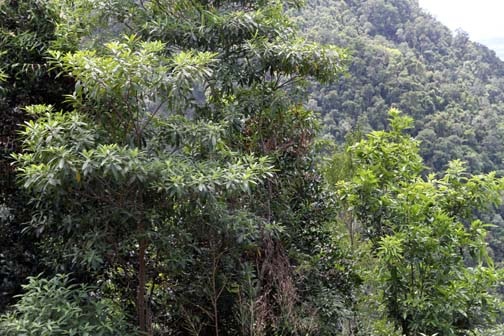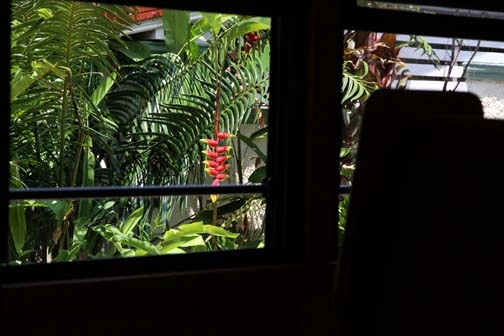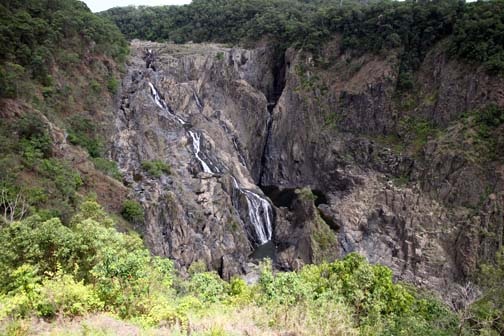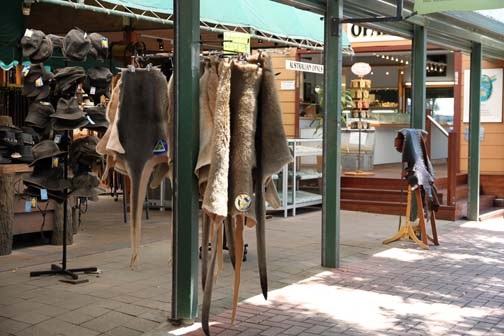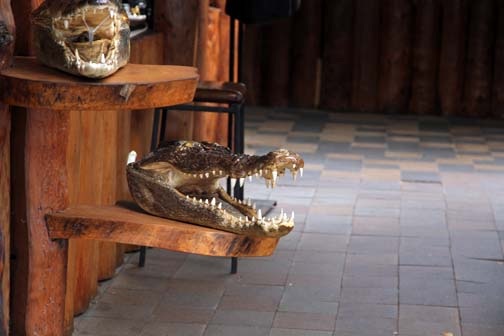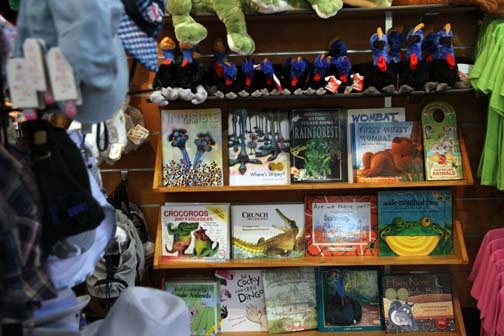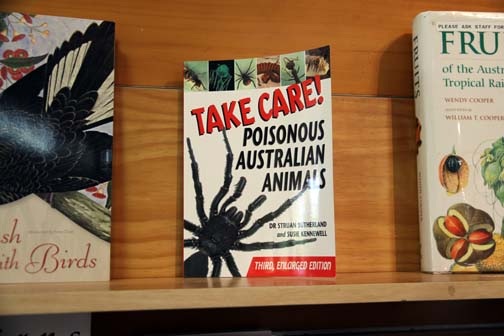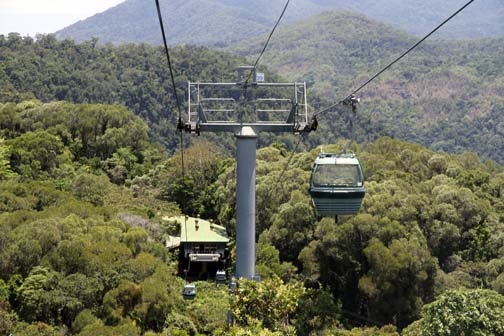Visiting Barron Gorge National Park by Railway and Cableway
Fireside Talk: Visiting Barron Gorge National Park by Railway and Cableway
(Queensland, Australia)
November 28, 2012
J. William T. Youngs
Topic: I developed this talk and an accompanying film in order to provide an Australian perspective for our on-going discussion about appropriate and inappropriate ways of visiting the wilderness. I want you to consider whether a visit to the wilderness is enhanced or diminished (or both) by viewing a great natural setting while traveling on an old railway and a new cableway. This is about Australia, but the same question is raised again and again in discussions of vehicles in our own parks.
Barron Gorge National Park is located in the mountains above Cairns, Australia. Here is that location:
(Queensland, Australia)
November 28, 2012
J. William T. Youngs
Topic: I developed this talk and an accompanying film in order to provide an Australian perspective for our on-going discussion about appropriate and inappropriate ways of visiting the wilderness. I want you to consider whether a visit to the wilderness is enhanced or diminished (or both) by viewing a great natural setting while traveling on an old railway and a new cableway. This is about Australia, but the same question is raised again and again in discussions of vehicles in our own parks.
Barron Gorge National Park is located in the mountains above Cairns, Australia. Here is that location:
The park is situated within a rain forest that extends many miles to the North and South, and so the wilderness abounds. With the others on my tour of Australia during our Fall (their Spring) of 2012, we boarded an old train in Cairns, Queensland for a 90-minute ride into the park. Here is what the train looked like, clanking up the mountain:
The train rode on narrow-gauge rails, put in place by years of hand labor in the late-eighteen-hundreds – built to connect remote mines with the city of Cairns. The train now carries tourists to Kuranda Village, deep in the rainforest. Along the way a pleasant, recorded voice tells the interesting story of the building of the railway. The engine is brightly decorated with images on an Aboriginal theme. Here is a sample:
I liked the train and the history lesson a lot, but I have one caveat. As we passed along almost nothing was said about the flora and fauna (mainly flora) along the way, while there were some references to the geology, especially when we had a brief stop to view the Barron Falls. Here is a sample of the vegetation that went unmentioned:
And here are the Barron Falls that did garner some well-deserved praise:
The train deposited us at a little station in the ultra-touristy village of Kuranda, surrounded and penetrated by the rainforest. (Tropical trees and bushes were everywhere.) The restaurants and shops were full of food and artifacts reminding us that we were not, in the phrase, in Kansas anymore.
Several shops offered kangaroo hides:
Several shops offered kangaroo hides:
While in Australia, it took me most of the trip to get over my association of kangaroos with the loveable Kanga and Roo in Winnie the Pooh. But eventually we all ate kangaroo meat (mighty tasty) and I got used to seeing kangaroo hides for sale. No I did not come home with one, but apparently in some part of Australia kangaroos are as common as deer in the United States.
I also looked at but did not purchase these crocodile heads:
I also looked at but did not purchase these crocodile heads:
Given what I had heard about the fierce behavior of the crocodiles in Australia, I could not help feeling that these two had gotten their just desserts!
I was reminded also of Australia’s reputation for fierce animals by these books:
I was reminded also of Australia’s reputation for fierce animals by these books:
My favorite titles among these children's books were “Crunch the Crocodile” and “Fuzzy-Wuzzy Wombat.” I should have bought some of these, but my suitcase was already heavy and my wallet was light. (Looking at them now, I wish I'd have bitten the bullet. Hum, I wonder if Amazon carries them?!)
This title reminded me of yet another environmental hazard in Australia:
This title reminded me of yet another environmental hazard in Australia:
After about an hour in Kuranda Village we boarded the “Skyway Rainforest Cableway” and continued on our jungle journey high above the poisonous critters far below.
Or were they so far away? To learn more check out the YouTube video I made to carry you deeper into this forest and into the question of whether machines and wilderness can indeed work together….

